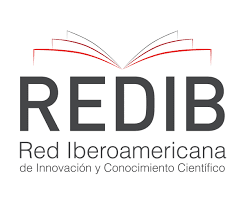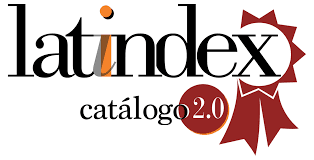Análisis de la Política Arancelaria de México del Periodo de 1986-2008, como un Instrumento Catalizador del Comercio Exterior
Palabras clave:
Crisis económica,, apertura comercial,, política arancelaria,, competitividad y facilitación comercial, Economic crisis,, free trade,, tariff policy,, competitiveness and trade facilitationsResumen
El comercio mundial cambia constantemente de acuerdo a las necesidades
de sus actores; sin embargo estas transacciones internacionales no son libres
por completo, debido a que todos los Estados imponen restricciones a las
importaciones con la finalidad de proteger su mercado local. Estas restricciones
pueden ser con la aplicación de un impuesto arancelario o bien con la
implementación de regulaciones y restricciones no arancelarias. Los aranceles
como instrumentos de la política comercial tienen una larga historia y han
sido criticados fuertemente, inicialmente usados por los países industrializados;
ahora ven la necesidad de erradicarlos. En el caso de México ha tenido
una liberación arancelaria progresiva desde 1986 a la fecha sin embargo aún
existen incongruencias en su política arancelaria como su estructura en relación
a la competitividad de las empresas nacionales, ya que aplica aranceles
más elevados a los insumos que a los productos finales. Actualmente la protección
arancelaria es prácticamente nula; sin embargo debe de buscar otras
instrumentaciones para evitar problemas económicos en sectores vulnerables.
The world trade is constantly changing according to the needs of his actors;
nevertheless these international transactions are not free completely, due to
the fact that all the States impose restrictions to the imports with the purpose
of protecting his local market. These restrictions can be with the application
of a tariff tax or with the implementation of regulations and not tariff restrictions.
The duties like instruments of the trade policy have a long history and
have been criticized strongly, initially used by the industrialized countries;
now see the need the need to eradicate them. In the case of Mexico has had a
liberation progressive tariff from 1986 to the date however still exist inconsistencies in its tariff policy as its structure in relation to the competitiveness of
domestic enterprises, as it applies higher tariffs to the inputs to the final products.
Currently the tariff protection is virtually zero; however, it must to look
for other instrumentation to avoid economic problems in vulnerable sectors.











